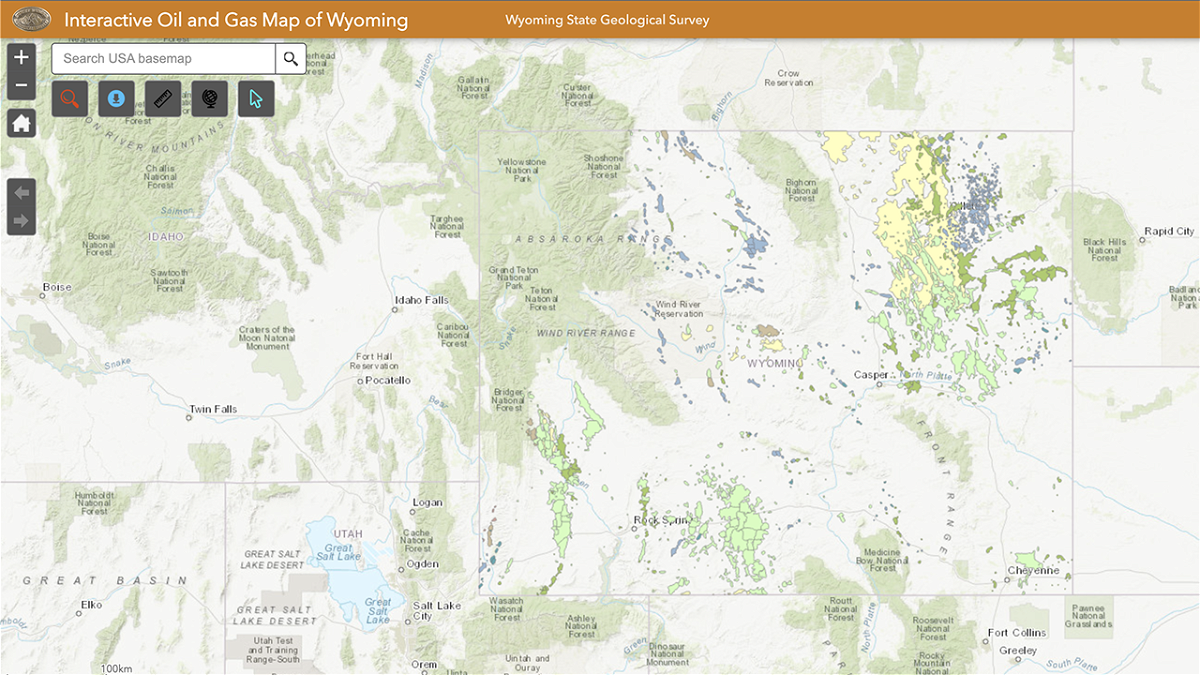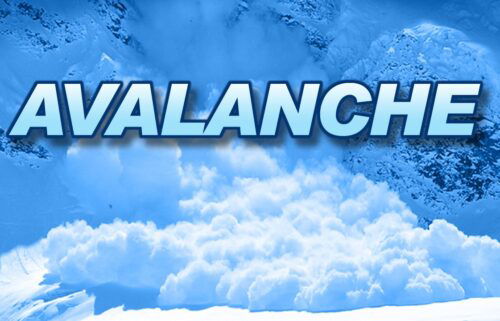Interactive Oil and Gas Map of Wyoming 2023 updated

JACKSON, Wyo. (KIFI) - The Wyoming State Geological Survey (WSGS) has released the latest update to its Interactive Oil and Gas Map of Wyoming. This is the sixth update since the web map was initially published in 2016.
Continual updates are necessary to keep track of new oil and gas wells, changes to fields and modifications to hydrocarbon processing facilities such as refineries and gas plants. Since the last 2021 map version, more than 175 new wells came online in named oil or gas fields, and more than 150 new wildcat wells were drilled. This has had a notable visual impact on field boundaries and oil and gas infrastructure throughout the state.
“During 2020 and 2021, there was just a trickle of new wells, and the map didn’t look much different,” says Rachel Toner, WSGS geologist and map creator. “As drilling and production have started picking up again, users will see some changes in field boundaries and well distribution throughout the state.”
State Geologist and WSGS Director, Dr. Erin Campbell, notes that this map is one of the Survey’s most popular products because of its statewide utility.
“This year, the map was further improved by updates made to the well database hosted by the Wyoming Oil and Gas Conservation Commission. The WOGCC manages a vast and complex database, and our map relies heavily on their data,” says Campbell.
In addition to the standard well, field, and facility updates, the WSGS added new layers to the 2023 map version. A live link to the Bureau of Land Management National Land Status Database GIS service displays Wyoming parcel lease and production status of fluid minerals (including oil and gas). Layers associated with the state’s Precambrian basement elevation help define the hydrocarbon basins and may be useful for carbon storage projects.
Users may also notice some new tools in the map. Most data layers can now be selected inside a user-defined area-of-interest (AOI) and results exported to .csv, GeoJSON, or ArcGIS feature collection formats. WOGCC wells and WSGS-generated oil and gas infrastructure data can alternatively be downloaded directly to an ArcGIS file geodatabase, again within an AOI and optional buffer distance.
“We want the map to be as convenient as possible, and we hope improving the select and export functionality will help users with their individual research,” says Toner.
The map, along with all its data layers, is free and available for use by the public. It can be accessed from the main WSGS website or directly here.






